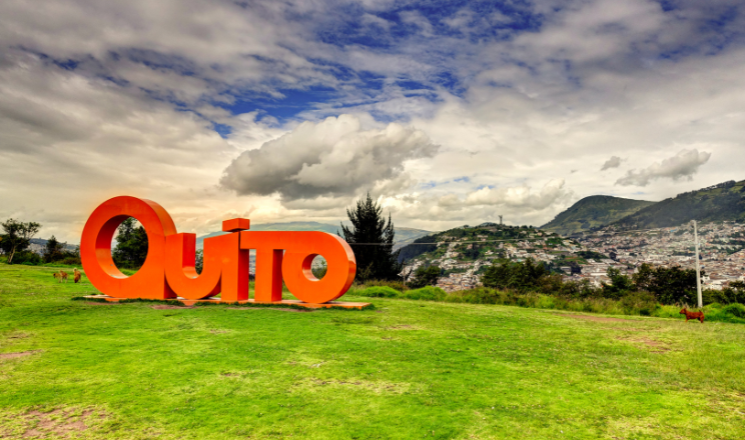If you’re craving a meaningful adventure, eco volunteering in Quito might be your perfect match. Nestled high in the Andes, Quito isn’t just Ecuador’s vibrant capital—it’s also the gateway to some of the country’s most biodiverse wild reserves. And the best part? You can play a direct role in protecting them.
Whether you’re a student, a backpacker, or a nature lover on a break, eco volunteering offers more than just beautiful sights. It’s a way to give back, meet like-minded travelers, and truly immerse yourself in nature. So, let’s dive in and discover how you can make a difference while exploring the wild heart of Ecuador.
Why Choose Eco Volunteering in Quito?
Eco volunteering in Quito blends adventure with purpose. While tourism often focuses on what you can take from a destination, eco volunteering flips that mindset—focusing on what you can give.

Quito is uniquely positioned between cloud forests, national parks, and high-altitude grasslands called páramos. Because of this diverse geography, the surrounding areas are teeming with life. In fact, Ecuador is one of the world’s top biodiversity hotspots, even though it’s relatively small in size.
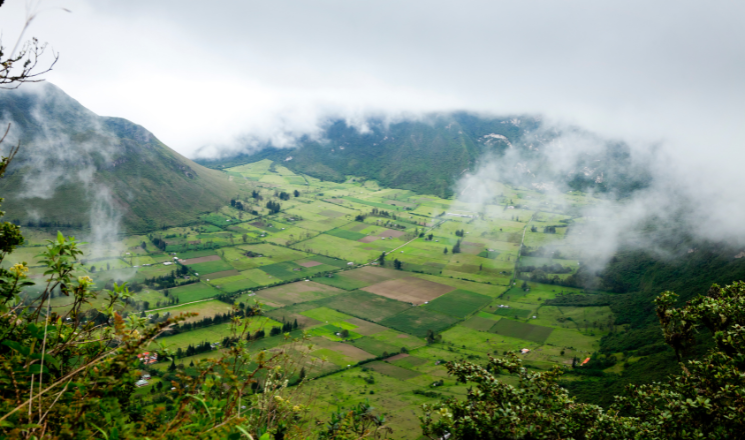
From the Pululahua Geobotanical Reserve to Antisana Ecological Reserve, you’re surrounded by opportunities to help protect endangered species, rehabilitate natural habitats, and assist with reforestation.
Plus, most programs partner with local communities, so you’re not just working in nature—you’re supporting people who live alongside it. That human connection adds a whole new layer of meaning to your trip.
Best Quito-Based Reserves for Eco Volunteers
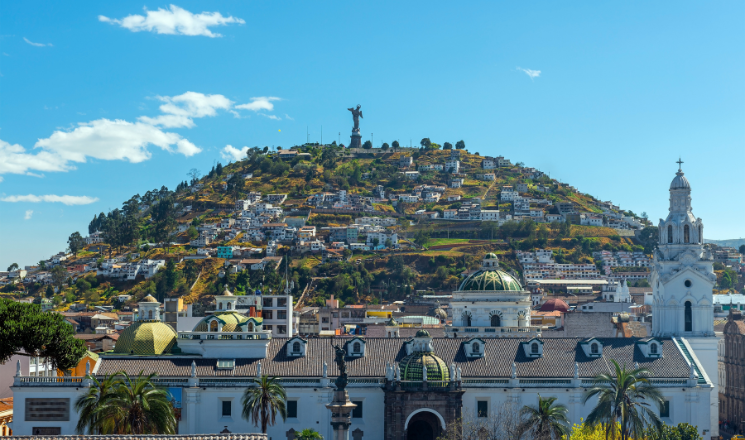
There are several amazing reserves near Quito where you can roll up your sleeves and contribute to real conservation work. Each one offers a different kind of experience based on its ecosystem and focus.
1. Yanacocha Reserve: Protecting Andean Birds
Located on the slopes of Volcán Pichincha, the Yanacocha Reserve is famous for bird conservation. It’s a haven for hummingbirds, including the rare Black-breasted Puffleg, which is found only in this region.
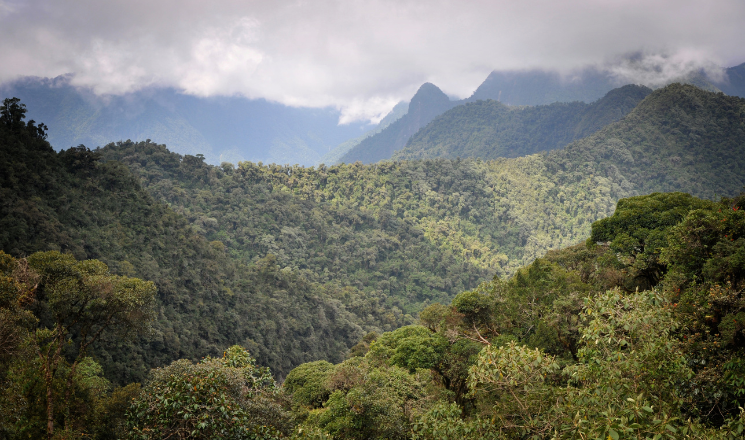
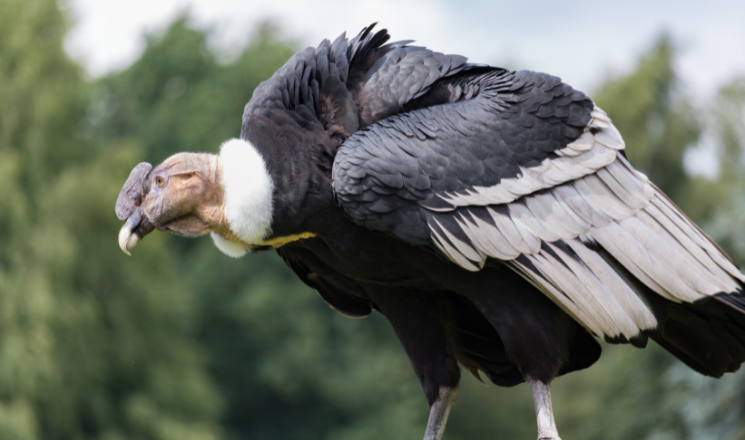
As a volunteer, you might help build trails, monitor bird species, or plant native trees. Since it’s just a short drive from Quito, you’ll experience high-altitude ecosystems without straying too far from city comforts.
2. Maquipucuna Cloud Forest Reserve
This stunning reserve lies just two hours northwest of Quito and hosts an incredible variety of plants and animals. It’s best known for its seasonal visits from the spectacled bear, South America’s only bear species.
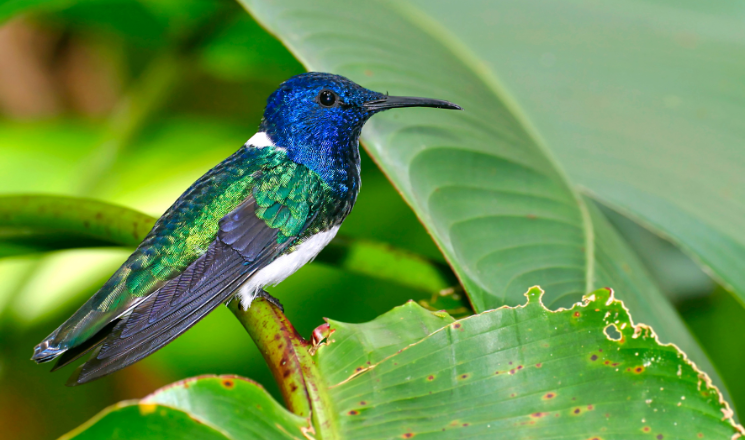
In this lush setting, volunteers assist with organic farming, forest patrols, and trail maintenance. You’ll also learn about sustainable living through hands-on tasks like composting and seed collection.
Transitioning from day to night, the forest’s rhythm changes, and you’ll even get a chance to spot nocturnal creatures under the stars.
3. Antisana Ecological Reserve: Páramo Preservation
For something wilder and more rugged, Antisana offers jaw-dropping views of its namesake volcano and highland habitats. The páramo might seem barren at first glance, but it supports unique species like the Andean condor and wild llamas.
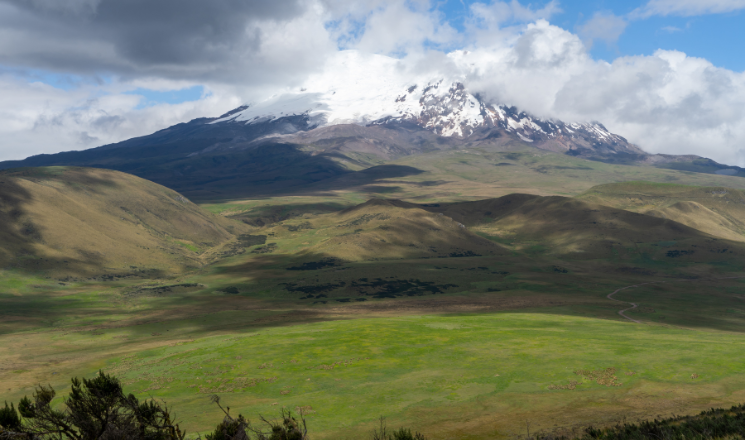
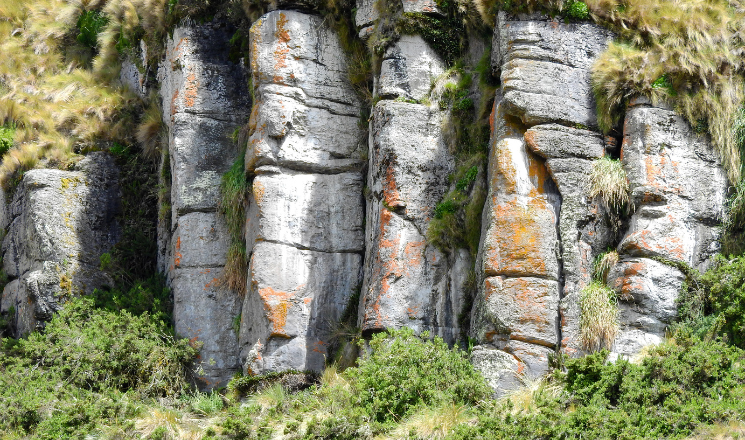
Volunteering here often involves wildlife tracking, invasive plant removal, and water source protection. Because this reserve is more remote, the work feels especially vital—and deeply rewarding.
What Eco Volunteers Do in Quito’s Reserves
You might be wondering, what does eco volunteering in Quito really look like day-to-day? The answer is: it varies, but it’s always hands-on.
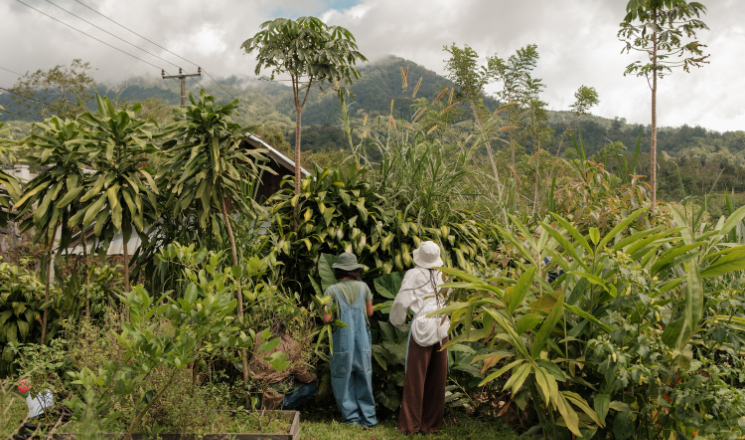
You won’t be sitting in a classroom or just snapping photos. Instead, expect to get a little muddy while doing real conservation work. Here are some common tasks:
- Tree Planting – Restoring native forests by planting seedlings.
- Wildlife Monitoring – Recording sightings, tracking movements, or setting up camera traps.
- Trail Building & Maintenance – Creating paths that reduce human impact on fragile habitats.
- Environmental Education – Helping teach local kids or tourists about sustainability.
Although your days may be physically active, they’re also emotionally fulfilling. Because every task you complete helps preserve the unique biodiversity that Ecuador is famous for.
Useful Tools for Eco Volunteering in Quito’s Nature Reserves

To make the most of your experience, consider using a few helpful tools:
- iNaturalist – Great for logging species you encounter and learning more about them.
- PlantSnap – Instantly identifies plant species, perfect for forest reforestation work.
- eBird – A fantastic way to track bird species and contribute to global conservation data.
These apps connect your experience to the wider scientific community, adding even more impact to your efforts.
Living the Experience: What to Expect
Living in or near a reserve means disconnecting from everyday life—and reconnecting with nature. Most volunteer accommodations are rustic but comfortable, often featuring eco-lodges or cabins with shared kitchens and compost toilets.

You’ll wake up to the sound of toucans or monkeys, spend your days outdoors, and gather around a fire or hammock in the evenings. Internet might be spotty, but the connection you feel to your surroundings more than makes up for it.
Meals are usually made from locally-sourced ingredients, and some programs even offer cooking classes to teach you about Ecuadorian cuisine. Expect fresh fruits, hearty soups, and traditional dishes like llapingachos and quinoa stew.
Why Quito Is the Ideal Starting Point
One of the best things about eco volunteering in Quito is the location. Not only is the city surrounded by natural beauty, but it also offers an incredible mix of culture, history, and modern comforts.
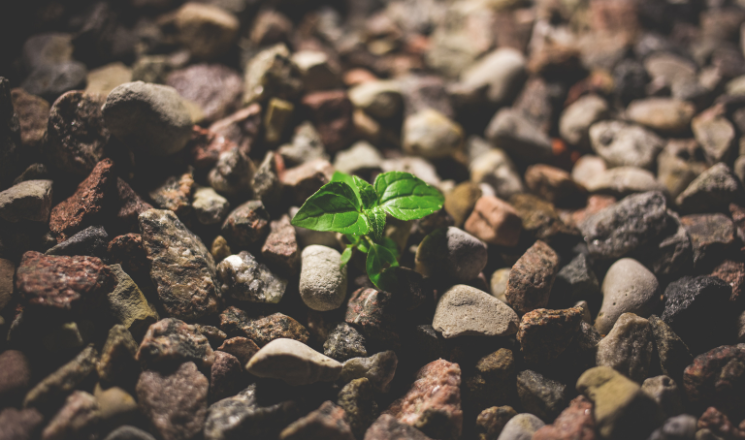
Before or after your volunteer project, explore Quito’s Historic Center—a UNESCO World Heritage Site packed with colonial architecture, cathedrals, and colorful street art.
Or take a trip to Mitad del Mundo, the iconic monument on the equator. For a weekend escape, you can easily hop over to the Otavalo Market or take a quick flight to the Galápagos Islands.
This mix of urban culture and wild nature makes Quito an unbeatable destination for responsible travel.
Making a Lasting Impact

While the natural scenery is undeniably beautiful, it’s the long-term impact that makes eco volunteering truly unforgettable. The work you do in just a few weeks can help shape a healthier future for Ecuador’s ecosystems.
You’ll also build connections—with locals, with fellow volunteers, and with the land itself. Many people say they leave with a new perspective on life, more grounded and more inspired to live sustainably.
So even after you return home, the experience stays with you. It may even inspire future travel choices, career paths, or lifestyle changes.
Final Tips Before You Go
Here are a few things to keep in mind as you plan your eco volunteering journey in Quito:
- Pack light, but smart – Bring layers, sturdy shoes, and biodegradable toiletries.
- Learn a bit of Spanish – Even basic phrases help you connect better with locals.
- Stay curious – Ask questions, take notes, and absorb as much as you can.
- Respect the land – Always follow Leave No Trace principles, even in guided settings.
Volunteering isn’t just about doing—it’s also about learning. And in Quito, you’ll find endless opportunities for both.
Ready to Volunteer? Here’s How to Start
If eco volunteering in Quito sounds like your kind of adventure, you can get started by researching reputable organizations. Look for those that:
- Partner with local communities
- Are transparent about their goals
- Offer clear descriptions of daily tasks
- Provide safety training and orientation
Some popular platforms to explore opportunities include:
Read reviews, ask questions, and make sure the mission aligns with your values. Once you’ve found a good fit, it’s time to pack your bag and get ready for an unforgettable journey!
Conclusion: Make a Difference with Eco Volunteering in Quito
Eco volunteering in Quito is more than a trip—it’s a chance to protect one of the planet’s most incredible ecosystems while growing personally in the process. By choosing to volunteer, you’re not just visiting Ecuador; you’re becoming a part of its conservation story.
So, if you’re ready to swap sightseeing for purpose and selfies for saplings, Quito’s wild reserves are calling. And trust us—nature will thank you for answering.

